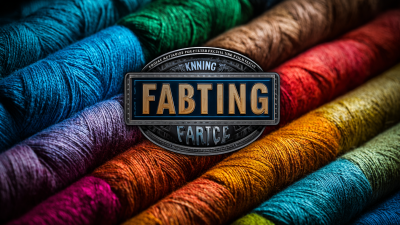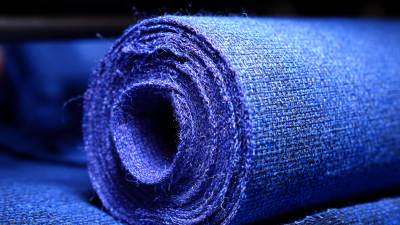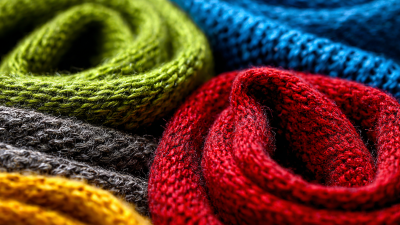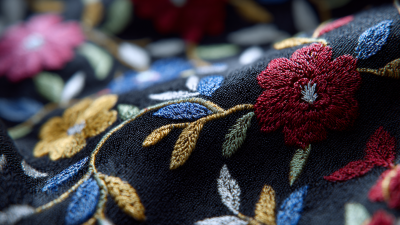Choosing the right knitting fabric is crucial for the success of any textile project, as the fabric has a profound impact on the final product's appearance, functionality, and durability. According to the 2023 Textile Industry Annual Report, the global knitting fabric market is projected to reach $43 billion by 2027, indicating a steady demand for high-quality materials. Moreover, emerging trends suggest that sustainable and eco-friendly knitting fabrics are becoming increasingly important, with a recent survey revealing that 65% of consumers prioritize sustainability in their purchasing decisions. Whether you are a professional designer or a passionate hobbyist, understanding the characteristics and appropriate applications of various knitting fabrics can elevate your projects and ensure they meet industry standards. This guide aims to provide you with essential insights and considerations to help you make informed choices in selecting the perfect knitting fabric for your needs.
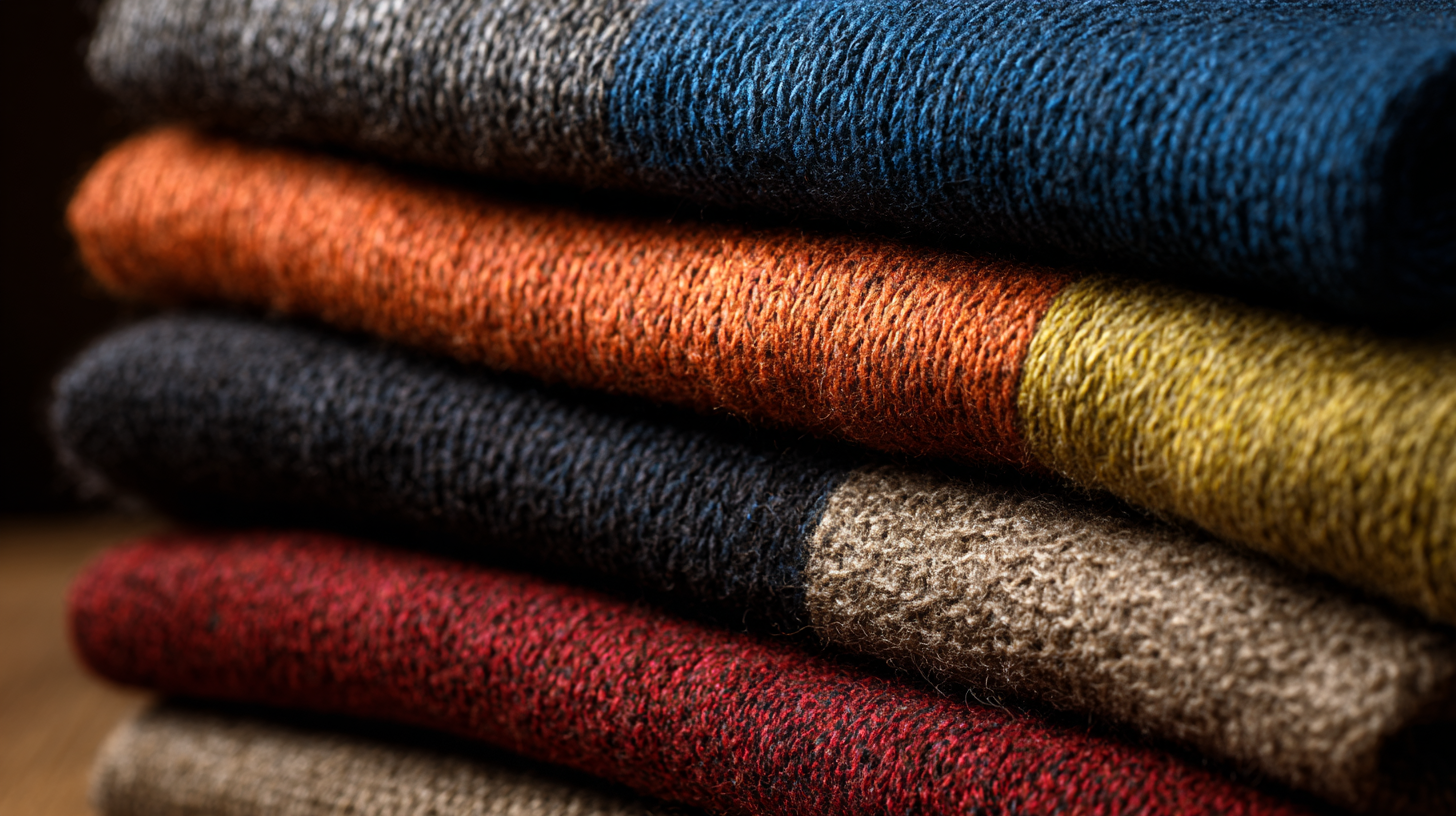
Choosing the right knitting fabric is crucial for the success of any textile project, as each type of fabric possesses unique characteristics that determine its suitability for various applications. According to a recent report by the Textile Exchange, cotton remains the most widely used fiber in the global apparel market, accounting for approximately 24% of the total fiber market share in 2022. Its breathability and softness make it ideal for casual garments, yet its tendency to shrink and wrinkle may limit its application in structured designs.
On the other hand, synthetic fabrics like polyester are becoming increasingly popular due to their durability and low maintenance. The Global Nonwoven Fabric Market Report states that polyester-based fabrics have seen a significant rise, projected to reach USD 50 billion by 2026, driven by advancements in production technologies and the growing demand for functional apparel. Knitters should consider the end-use of their projects; for instance, wool provides excellent insulation and moisture-wicking properties, making it perfect for outerwear, while blends like cotton-polyester offer a balance of comfort and strength suitable for everyday clothing. Understanding these key characteristics will enable textile artists to make informed decisions that enhance the quality and functionality of their work.
When embarking on a knitting project, the choice between natural and synthetic yarn fibers is crucial and can greatly influence the final product's look, feel, and durability. Natural fibers, such as wool, cotton, and alpaca, offer unmatched breathability and warmth. Wool, for instance, is not only water-resistant but also offers elasticity, making it perfect for garments that need to retain shape. Cotton, on the other hand, provides a soft and breathable option ideal for warmer climates or lightweight projects. The environmental impact of natural fibers is often less pronounced, as they tend to be biodegradable and sustainable, adding an ethical dimension to their selection.
Conversely, synthetic fibers like acrylic, polyester, and nylon bring their own set of advantages. These materials are typically more affordable and offer a wide range of colors and textures that can appeal to modern knitters. Additionally, they often feature enhanced durability and resistance to wear and tear, making them ideal for items meant to withstand frequent use. However, they are not as breathable as natural fibers and can trap heat, which might be uncomfortable for some wearers. Understanding these differences is essential for selecting the right yarn for your project, ensuring that it meets both your aesthetic goals and practical needs.
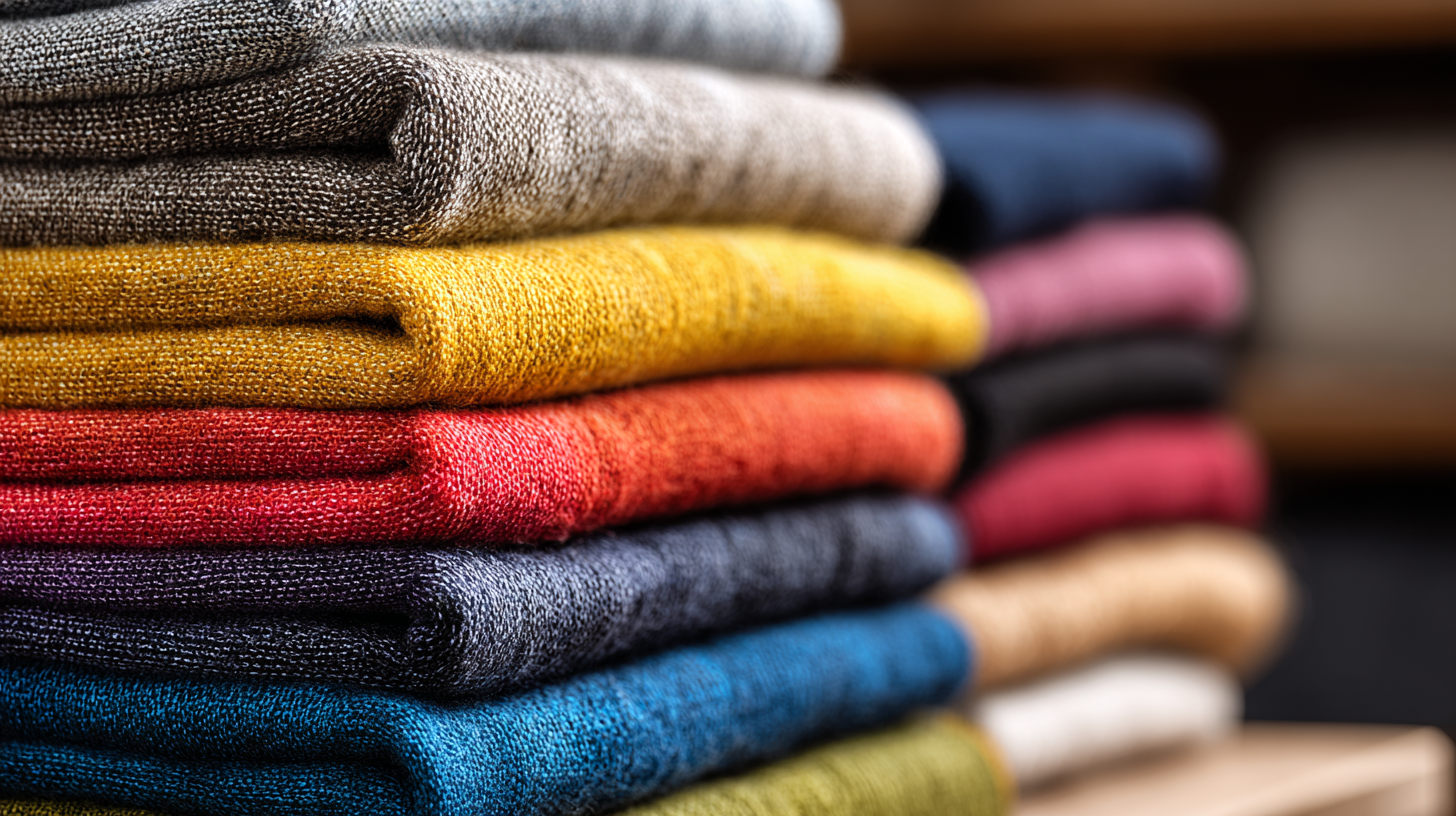
When selecting the appropriate knitting fabric for your textile projects, one vital aspect to consider is fabric weight, which significantly influences the texture and overall suitability for your intended use. Lightweight fabrics, such as lace or chiffon, tend to provide a delicate, airy feel, making them ideal for summer garments and accessories. Conversely, heavier fabrics like wool or denim offer durability and warmth, suitable for outerwear and cold-weather projects. Understanding these characteristics allows knitters to choose the right material that aligns with the specific requirements of their projects.
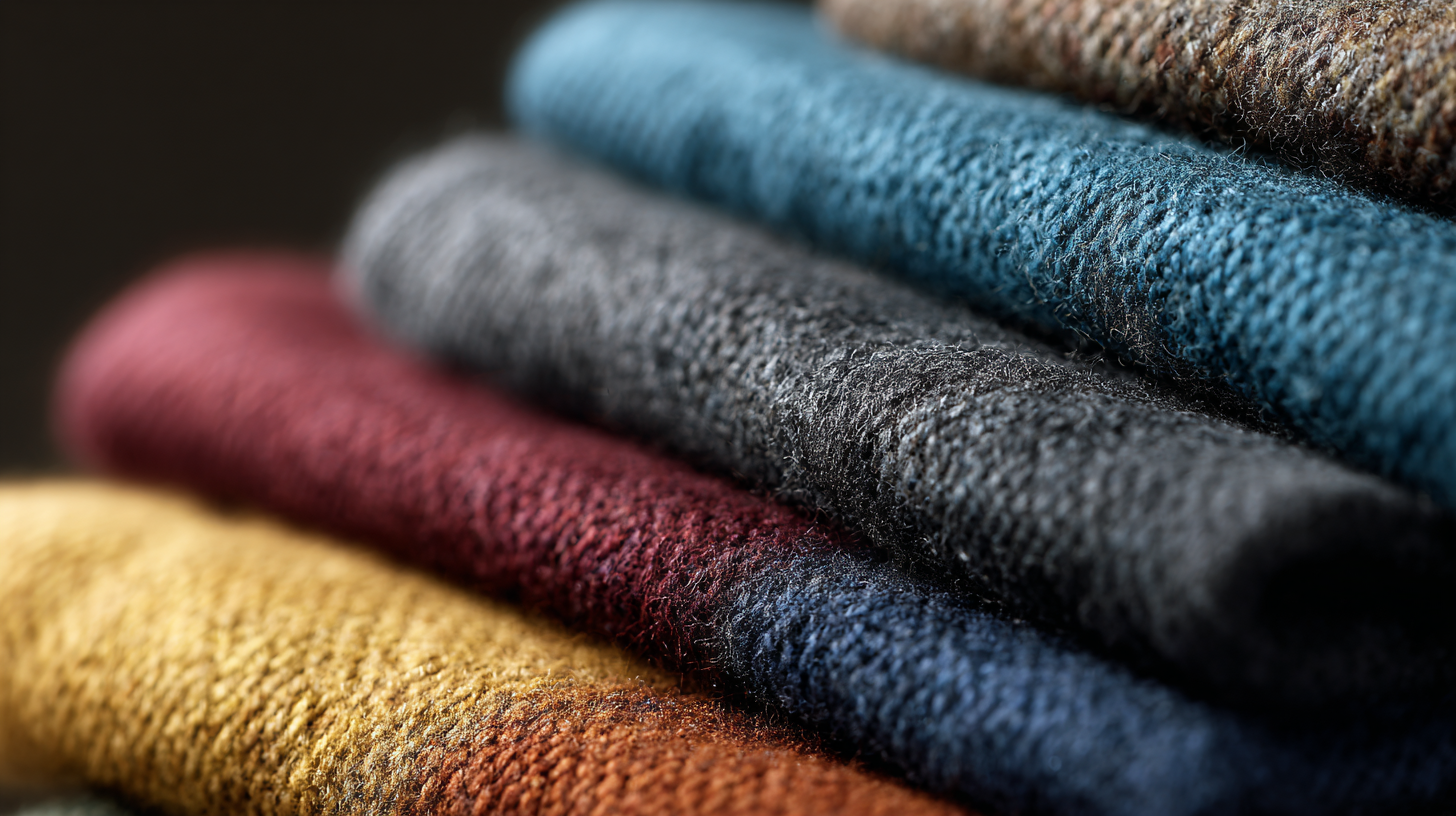
In a recent study focusing on various food textures and their implications, researchers assessed how weight influences sensory experiences. This principle can be applied to knitting, as yarn weights affect both the drape and feel of the finished product. By drawing parallels between food texture preferences and fabric weight considerations, knitters can develop a refined approach to fabric selection, ensuring that the end result meets both aesthetic and functional goals. Emphasizing the importance of weight can help guide textile enthusiasts in their crafting journey, creating pieces that truly resonate with their vision.
When selecting fabrics for knitting projects, understanding stretch and durability is essential for achieving long-lasting results. Fabrics such as jersey, spandex blends, and rib knits are popular for their elastic qualities, allowing garments to retain shape while providing comfort. It’s crucial to assess the extent of stretch—four-way stretch fabrics offer more flexibility compared to two-way stretch options, making them ideal for activewear or fitted garments that require a snug fit.
Durability is equally important, especially for items that will undergo frequent wear and laundering. Look for materials that withstand the test of time, such as nylon and polyester blends, which not only maintain their structure but also resist fading and pilling. Additionally, consider the fiber content; natural fibers like cotton and wool may provide softness, but synthetic fibers generally offer enhanced durability. By balancing stretch with durability, you can make informed decisions that ensure your knitting projects will be both functional and stylish for years to come.
| Fabric Type | Stretch (Percentage) | Durability Rating (1-10) | Best Uses |
|---|---|---|---|
| Cotton Spandex | 5-10% | 8 | T-shirts, Activewear |
| Bamboo Knit | 20-30% | 7 | Dresses, Tops |
| Wool Blend | 10-15% | 9 | Sweaters, Scarves |
| Polyester Jersey | 25-35% | 10 | Athletics, Casual Wear |
| Lycra Blend | 15-25% | 8 | Swimwear, Activewear |
When selecting knitting fabrics for your projects, sustainability should be a primary consideration. The textile industry is witnessing a significant shift towards eco-friendly practices, and understanding these options can lead to more responsible choices. Fabrics made from organic fibers, such as organic cotton, bamboo, and hemp, minimize the use of harmful pesticides and require less water during cultivation, significantly reducing their environmental impact. Furthermore, recycled fibers like rPET, derived from recycled plastics, are gaining traction, providing a solution to textile waste while preserving necessary fabric qualities.
In addition to fiber choice, production methods also play a critical role in sustainability. Opting for manufacturers that employ water-efficient dyeing techniques or innovative processes like air dyeing can drastically lower pollution levels associated with textiles. Certifications such as GOTS (Global Organic Textile Standard) and OEKO-TEX ensure that the knitting fabrics meet stringent environmental and social criteria. By prioritizing these eco-friendly options in your textile projects, you not only contribute to environmental conservation but also align with the growing demand for sustainable fashion in today’s market.
